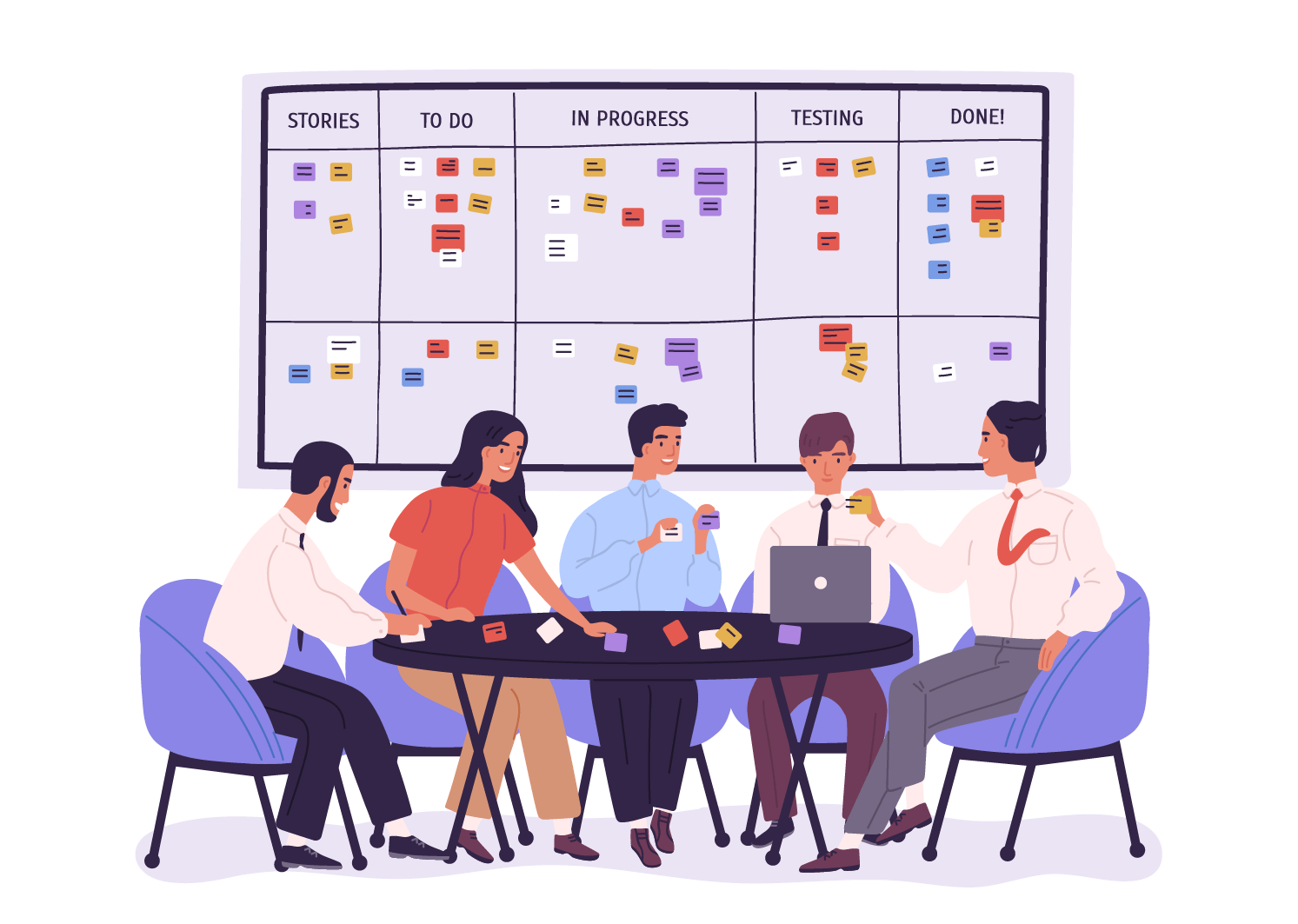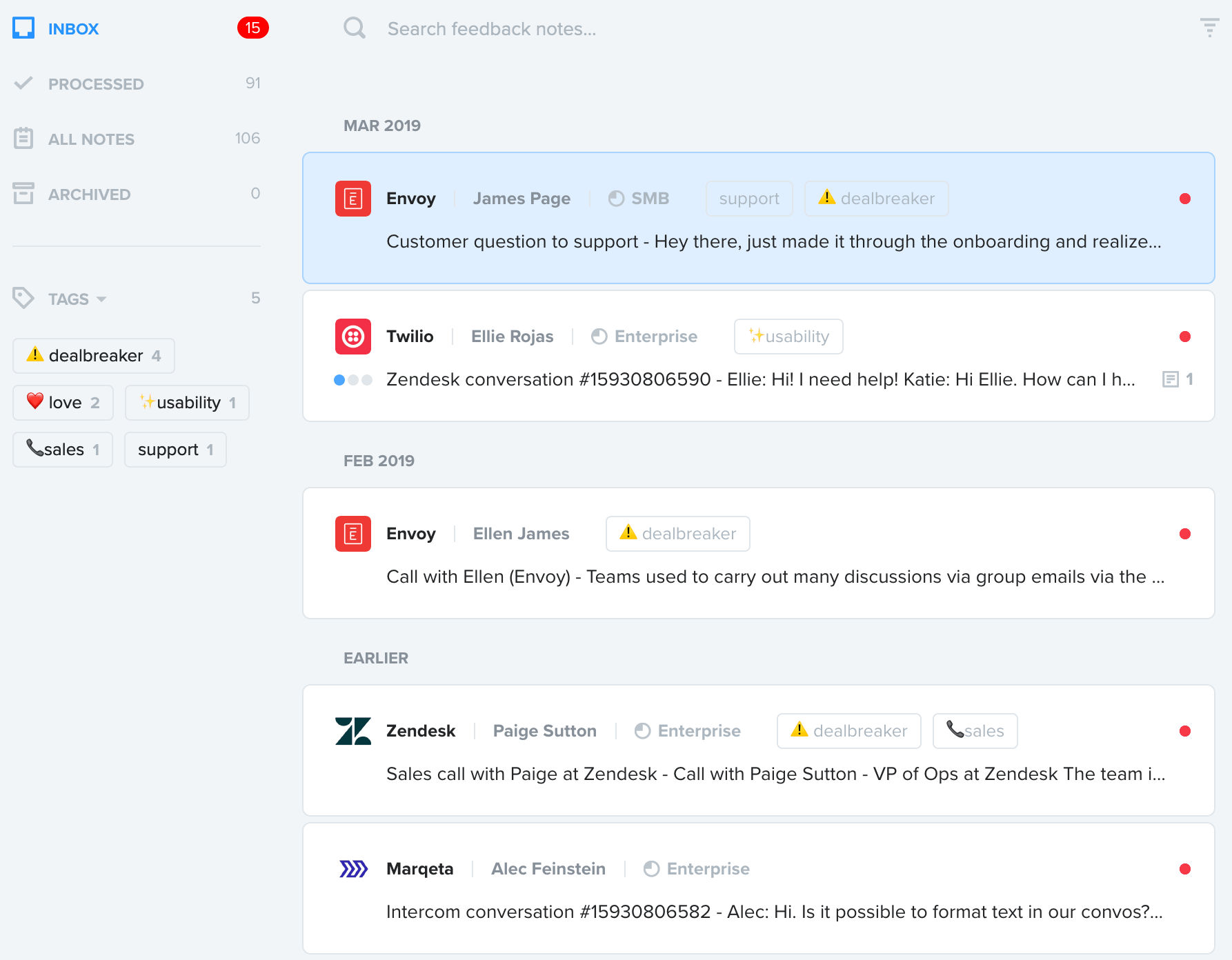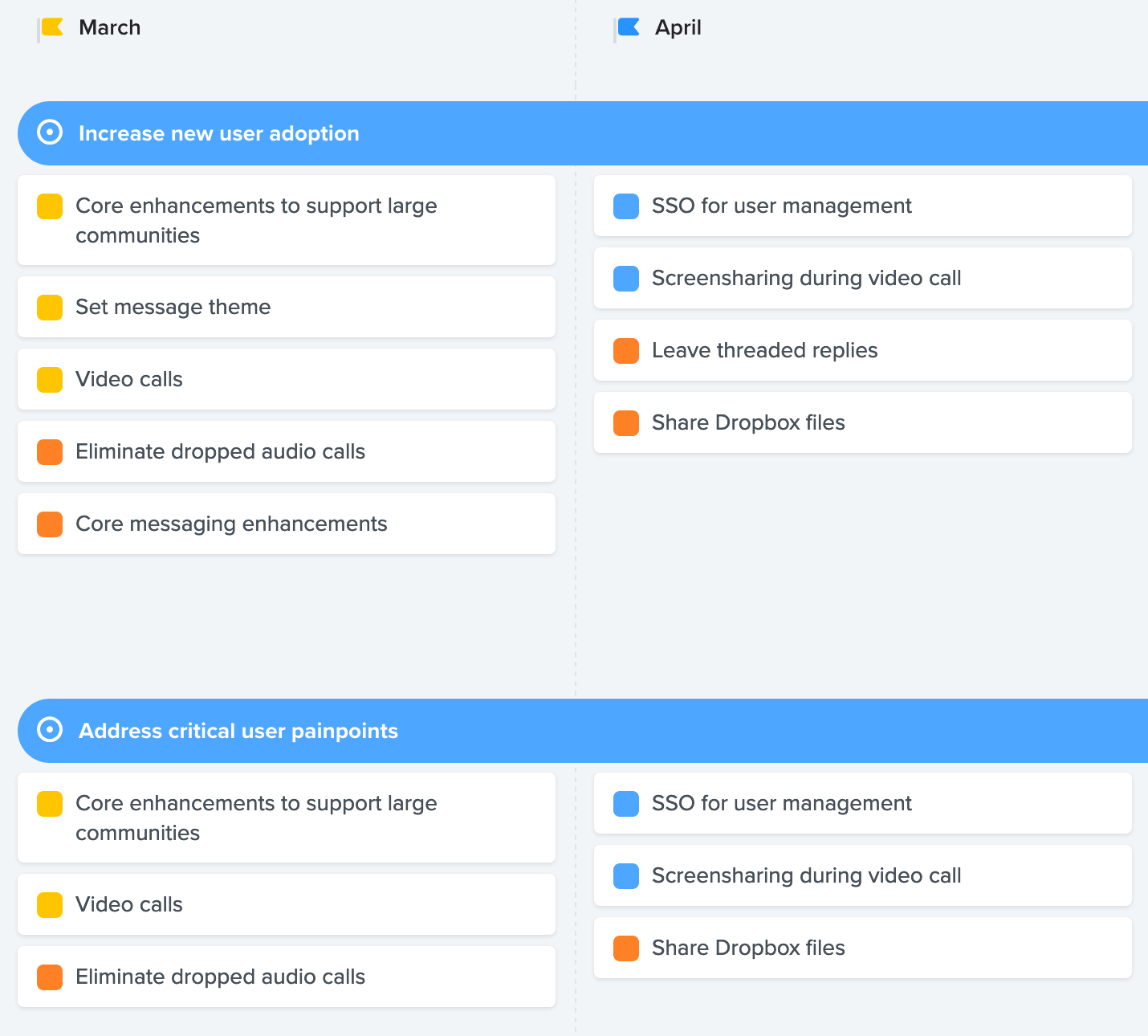How to improve your product management process to ensure buy-in

As the scope of their role expands, product managers are increasingly expected to drive high-level business outcomes. Instead of merely overseeing feature releases and development cycles, product managers must plan and build products that will drive business goals as well.
Having clearly defined objectives are instrumental to a product manager’s success in achieving these expectations. An objective is a qualitative goal for reaching a specific business outcome. “Increase user adoption” or “Expand our impact by selling to the enterprise,” for example, are possible objectives to guide product development.
In addition to helping product managers guide their products in the right direction, objectives help translate a product manager’s decisions and vision into a format that informs and excites internal stakeholders across the company.
If you want to get internal buy-in more easily and consistently, the solution lies in the processes you use. If you tie your objectives directly to how you analyze user insights, prioritize features, and plan your roadmap, earning stakeholder buy-in will become a lot less difficult.
Make your customer insights shareable and visible
To get everyone in your company to agree on the product’s most significant opportunities and what is impacting users, start by collecting a comprehensive list of user insights and feedback.
The problem is that customer feedback sits in emails, chat apps, and spreadsheets used by marketing, support, and sales teams. Since each team only has a view to the customer through their specific channel, it’s easy for any individual stakeholder to have a skewed version of what users are saying. As a result, everyone will have a different view of where the product should go since different people are coming from different angles.
Collecting all this information into a single location, however, is no easy task. Tracking down all your company’s insights yourself and manually copying each comment and piece of information into a single file or doc would be incredibly time intensive.
It becomes easier to get on the same page if you can automatically collect insights from different channels and forward them to a single repository that can be viewed by anyone in the company.

Every internal stakeholder you work with throughout the product development process will be able to easily view the same information and get a more comprehensive understanding of user pain points beyond the ones they hear about from their particular channels.
When everyone is working with the same set of information about users, it becomes a lot easier to get everyone on the same page about what the most pressing problems are and what the product team’s main objectives should be.
Prioritize around objectives
What often makes feature prioritization tough is pressure from stakeholders, often senior staff, to build specific features and solve particular problems. Even if your ideas are backed up by all the logic in the world, if you can’t explain and show why you prioritized certain features over their suggestions, you’ll have a tough time rallying the support you need for a successful product launch.
Every team will have different priorities and see more value in the features that support their specific workflow and customer engagements. Instead of just saying “no” to feature requests, you can tell a high-level story connecting how the prioritized features connect to the strategy and why the other features didn’t make it into the next release with an objectives-driven prioritization framework.
To begin with, assign a score to each potential feature based on how impactful it will be in supporting an objective to assess the feature’s value and the effort required to build it.

Next, plot the relationship between each feature’s value to the amount of effort it would take to build that feature. This will make it easy to visualize and group high-priority and low-priority features.

Features that fall in the top-left of the matrix will be your highest priority and ones in the lower right will be a lower priority. This process explains, in a visual form, your prioritization decisions, making it easier to get buy-in across all stakeholders.
Make your product roadmap visible and dynamic
Product roadmaps are typically used as planning tools. However, with the right processes around creating and using a product roadmap, they can also be useful to rally support for your product vision and strategy.
People work better when they understand the purpose of their work and feel like valuable members of the team. Without a sense of purpose or an understanding of how their work fits into the larger picture, co-workers can easily lose enthusiasm for their work and the product.
Even if it’s not necessarily in your job description, it is up to you as the product manager to make sure that everyone on the team is enthusiastic about each feature, understands how it fits into a larger goal, and understands the importance of their role in making it successful.
One of the best ways to do this is to use a publicly shareable product roadmap that shows how each release makes progress towards specific objectives.

Rather than just being a list of features presented on a timeline, grouping the roadmap by objectives allows you to present a narrative that contains the short-term and long-term vision for the product. People from different teams will be able to see and align on these features when they say what the high-level goals are.
Using a roadmap tool that connects to your insights and prioritization ensures that it’s always up to date. If you use PowerPoint or a similar static tool, you risk out-of-date versions circulating around your company. The very act of making the roadmap visible will bring team members deeper into the process and make them more engaged with the overall product strategy.





![The CPO’s Blueprint for Annual Planning: An Opportunity to Drive Change [Part 3]](https://www.productboard.com/wp-content/uploads/2024/11/strategy-blueprint-560x293.png)
